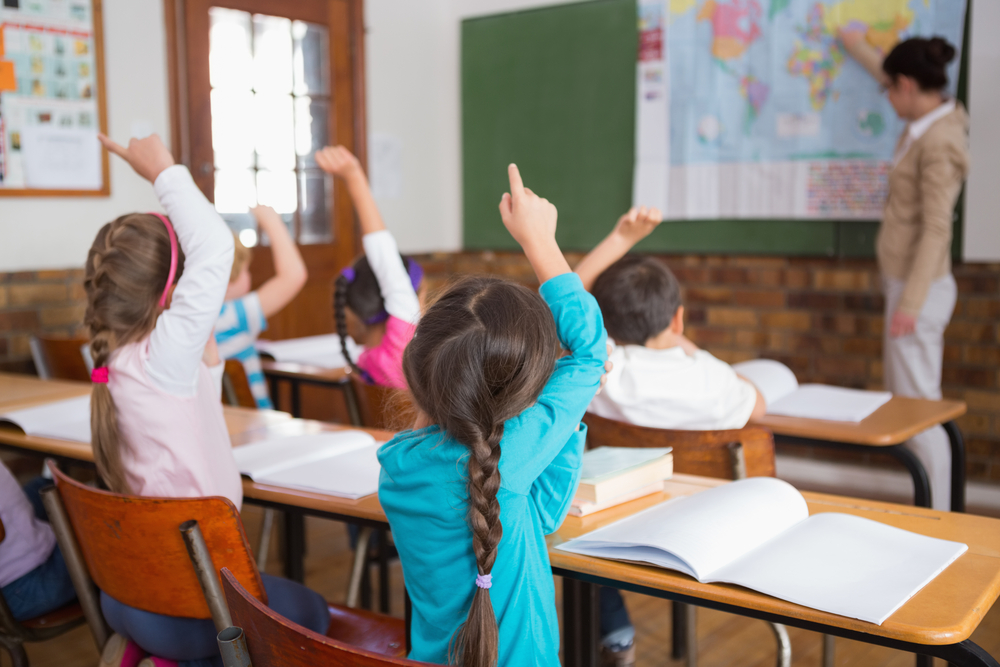Developing Positive Teacher-Student Relationships
- August 11, 2021
- By Mandi Olson

As teachers, we are approaching the start of a new school year, and we are beginning the process of organizing classrooms, putting up bulletin boards, and creating inviting learning spaces. As we start a new school year, it’s important to reflect upon what is essential for educators to remember. While classroom spaces, curriculum mapping, assessments, and lesson plans are necessary for teachers, the most critical thing to remember when school starts is developing positive relationships with our students.
Teacher-Student relationships can have a significant impact on student learning and have the potential to accelerate student achievement. Teachers know that the connection a teacher can have with a student can profoundly impact the students’ lives. Dr. Comer, a professor of Child Psychiatry, explained that “No significant learning occurs without a significant relationship.” While curriculum, standards, and assessment are important in education, without a strong relationship between teachers and students, the effectiveness of learning will not be maximized. As a new school year is about to begin, developing relationships with students is essential for teachers.
There are a variety of ways teachers can develop relationships with students. Creating a positive classroom environment can help foster positive teacher-student relationships. Teachers create positive environments for students not only by designing an inviting classroom environment but also by getting to know the students individually. There are many ways teachers can get to know their students. This can be done by asking students questions about themselves, understanding the students’ point of view, and looking at students as individuals within the classroom. At the beginning of the school year, teachers can provide time for students to share their likes and preferences and what makes them unique individuals. Surveying students throughout the school year can also allow the teacher to hear student voices about how they are feeling, and teachers can gain insights about how to make necessary changes to ensure they are supporting all students in their class.
Regular class meetings can provide a way for students to share ideas and work on class goals. In an elementary setting, class meetings help students develop trusting relationships, encourage collaboration, and help set the stage for respectful learning. Class meetings can be a powerful strategy to help the teacher create stronger relationships with students and help create a positive classroom environment.
Classroom rules and procedures are important to teach students at the beginning of the school year. Many teachers spend the first few weeks of school going over the rules and procedures to ensure students clearly understand and can demonstrate appropriate behavior and playing get-to-know-you games, and allowing students to share about themselves (their likes, dislikes, favorites, and future hopes) during the first few weeks of school help students to feel part of the classroom community.
These are just a few ways to begin to develop positive teacher-student relationships. Just as we spend time developing lesson plans for our students, we should consciously choose ways to foster positive connections and spend time with our students to build a positive relationship. As teachers implement strategies in their classrooms to develop positive teacher-student relationships with students, they will be setting a solid foundation for learning in the new school year.
Comer, James P. 2005. “Child and Adolescent Development: The Critical Missing Focus in School Reform.” Phi Delta Kappan. 86:10 (June 2005): 757-763.